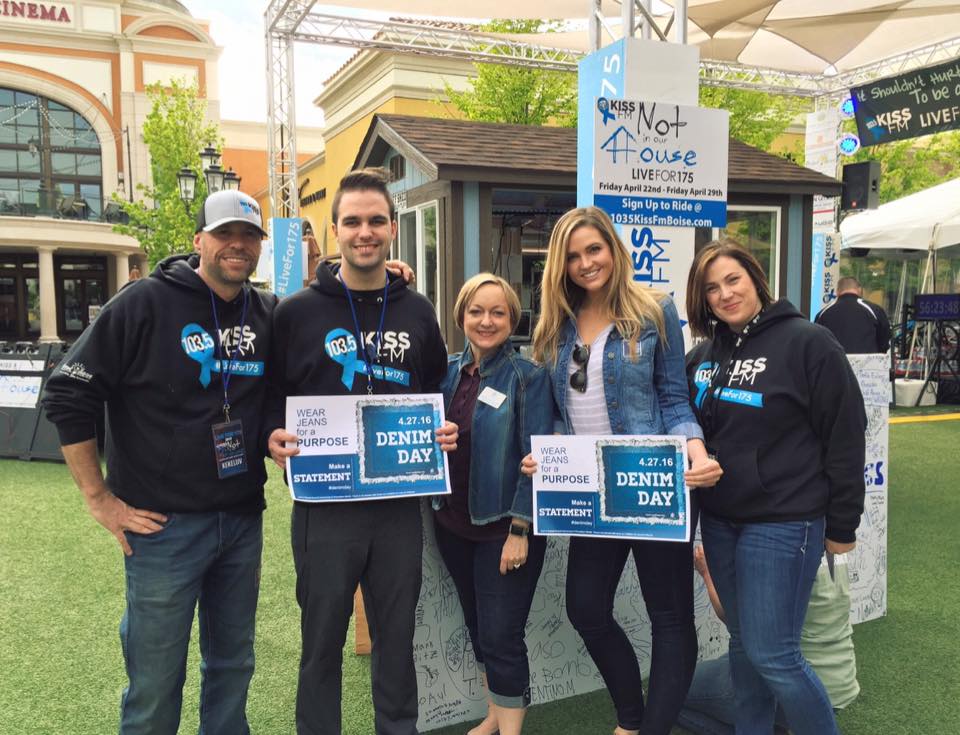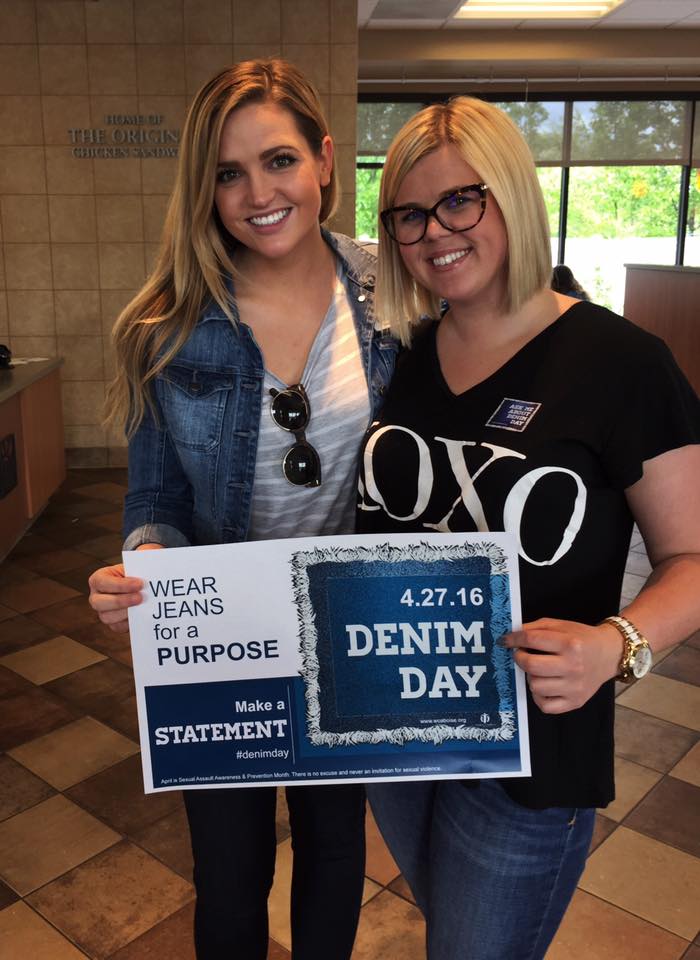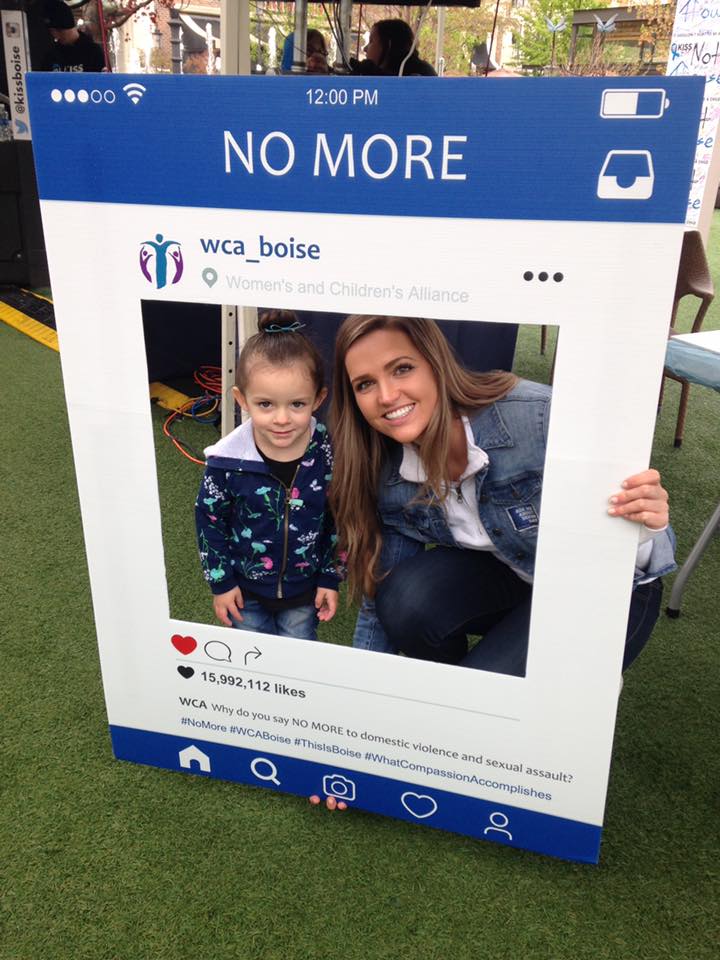Sexual Assault and Domestic Abuse should be considered and claimed as Public Health Epidemics. Research, prevention, education, and services should be provided to put an end to this lethal cultural norm.
Know and share the statistics:
Every 9 seconds in the USA a woman is assaulted or beaten (Bureau of Justice Statistics’ National Crime Victimization Survey (NCVS))
Every minute 20 people are victims of physical violence by an intimate partner (CDC National Intimate Partner and Sexual Violence Survey)
Approximately 1.3 million women and 835,000 men are physically assaulted by an intimate partner annually in the United States (CDC National Intimate Partner and Sexual Violence Survey)
More than 3 women are murdered each day by their husbands or boyfriends (Bureau of Justice Statistics’ National Crime Victimization Survey (NCVS))
Almost 1/3 of female murder victims were killed by an intimate partner (Federal Bureau of Investigation, Uniform Crime Reports “Crime in the United States, 2000,” (2001)
1 out of 6 American Women has been the victim of rape in her lifetime (attempted or completed) (National Institute of Justice & Centers for Disease Control & Prevention, Prevalence, incidence and consequences of Violence Against Women Survey (1998))
Every 8 minutes a child is sexually assaulted in the United States RAINN (Rape, Abuse, & Incest National Network)
30% to 60% of perpetrators of domestic violence also abused children in the household. (Edelson, J.L. (1999). “The Overlap Between Child Maltreatment and Woman Battering.” Violence Against Women. 5:134-154.)
1 in 15 children are exposed to intimate partner violence each year, and 90% of these children are eyewitnesses to this violence (US Department of Justice, National Survey of Children's Exposure to violence)
Domestic violence is the 3rd leading cause of homelessnessfor families (Us Department of Health & Human Services, Administration for Children & Families)
Domestic violence costs $8.3 billion in expenses annually: a combination of higher medical costs ($5.8 billion) and lost productivity ($2.5 billion) (www.forbes.com/domestic-violence-the-secret-killer-that-costs-8-3-billion-annually)
Only 6 of every 1,000 perpetrators ever go to prison RAINN (Rape, Abuse, & Incest National Network)






